THE CHALLENGE
Build both physical and mental health habits for the next generation via snackable gaming sessions.
THE SOLUTION
The prototype of an AR-powered Mobile App that gamifies motor skill, develops mental health and sparks learning.
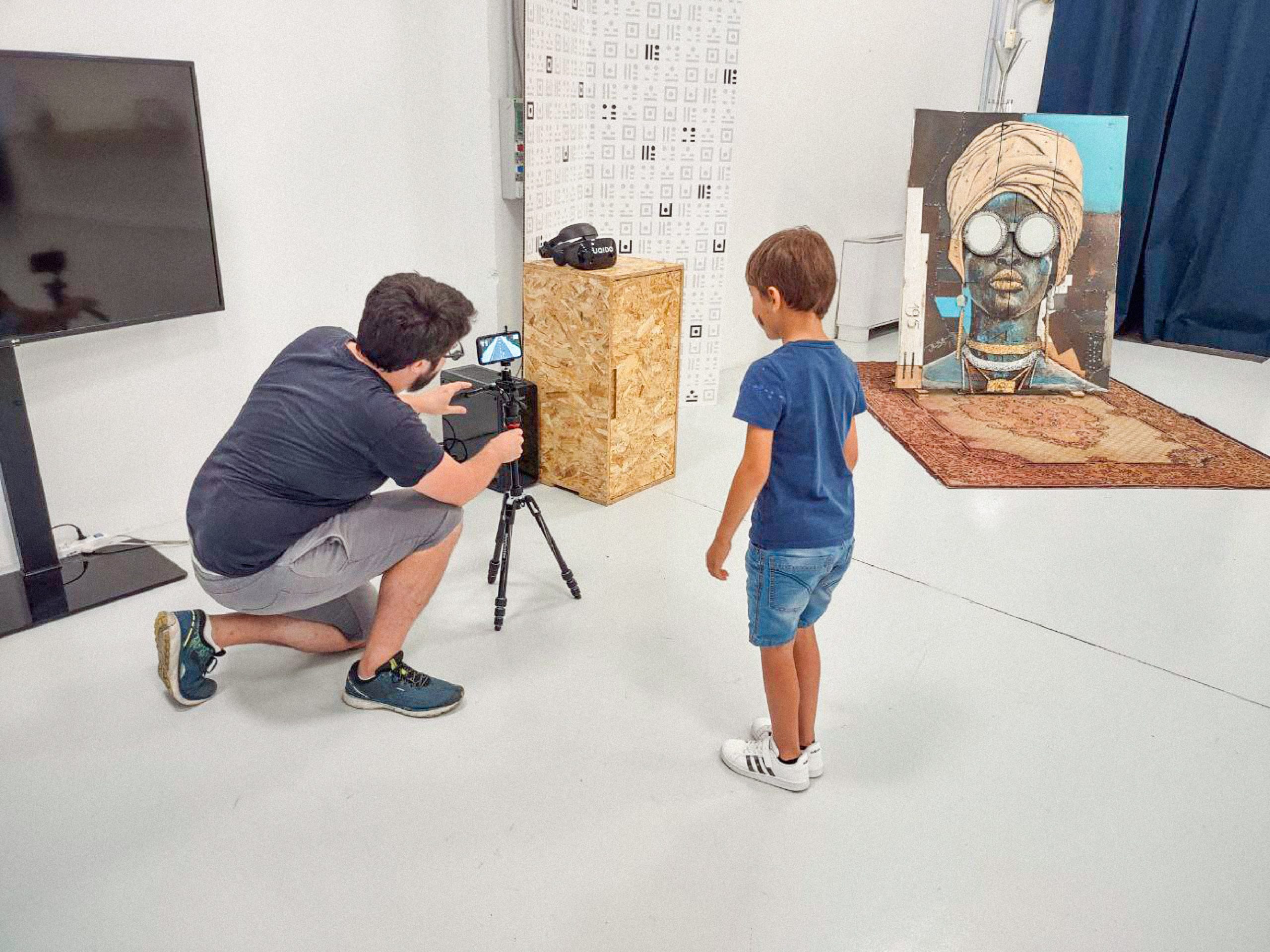

The Need
Athlon is a Pennsylvania-based startup that focuses on child well-being. The mission of the company is to optimize children’s health through their body-mind connection, so that the next generation has better physical and mental health than those before them.
Athlon aims at making fitness fun-sized and rewarding for children, drawing attention to their psychophysical balance. To help children develop a healthy lifestyle, the company decided to create a Mobile App Game. The idea was to meet kids where they are (smart devices and video games) while helping them build a healthy relationship with technology.
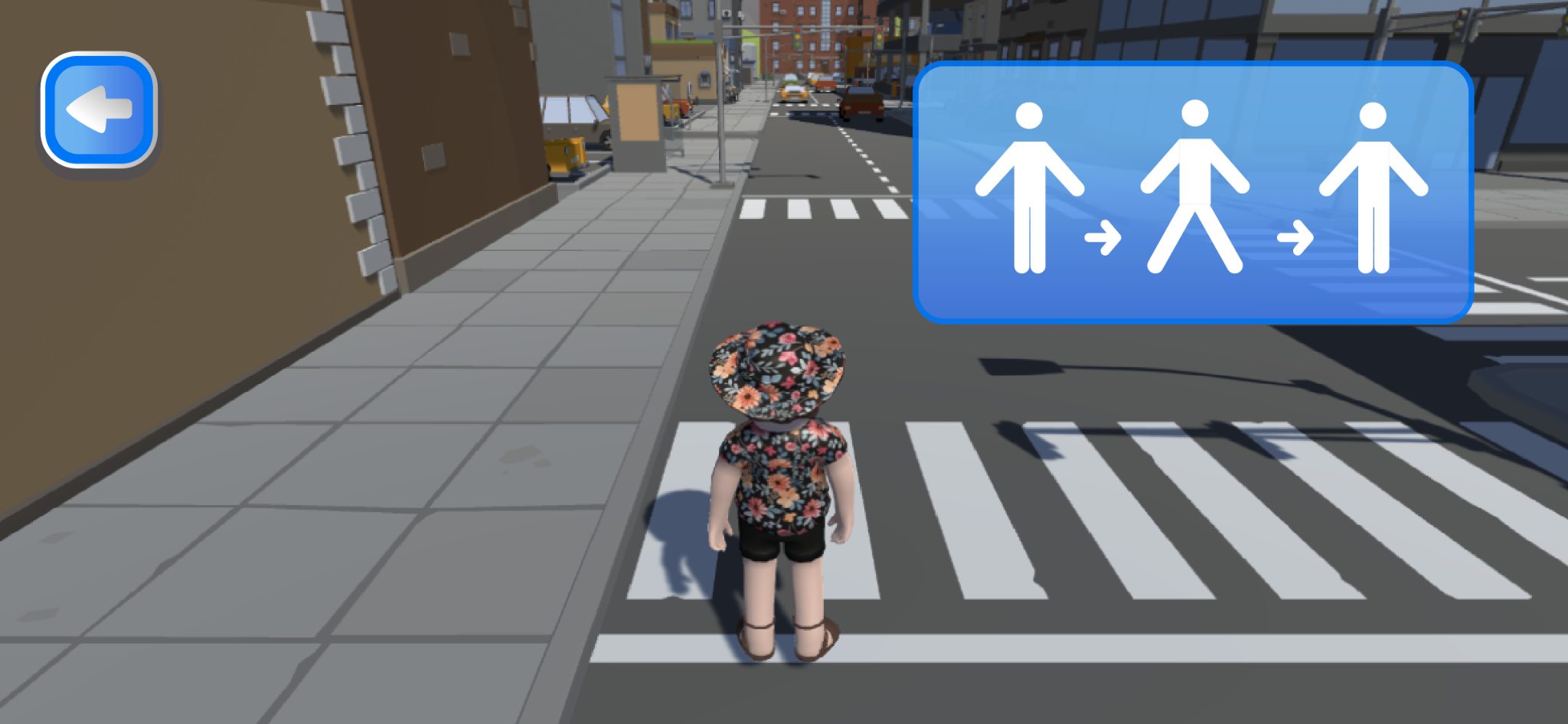
The goal was to:
- Turn kids’ sedentary screen time into bite-sized active screen play;
- Empower kids through movement and mindfulness;
- Build up kids’ physical and mental well-being against modern-day stressors;
- Use fun-sized fitness snacks to build lifelong skills.
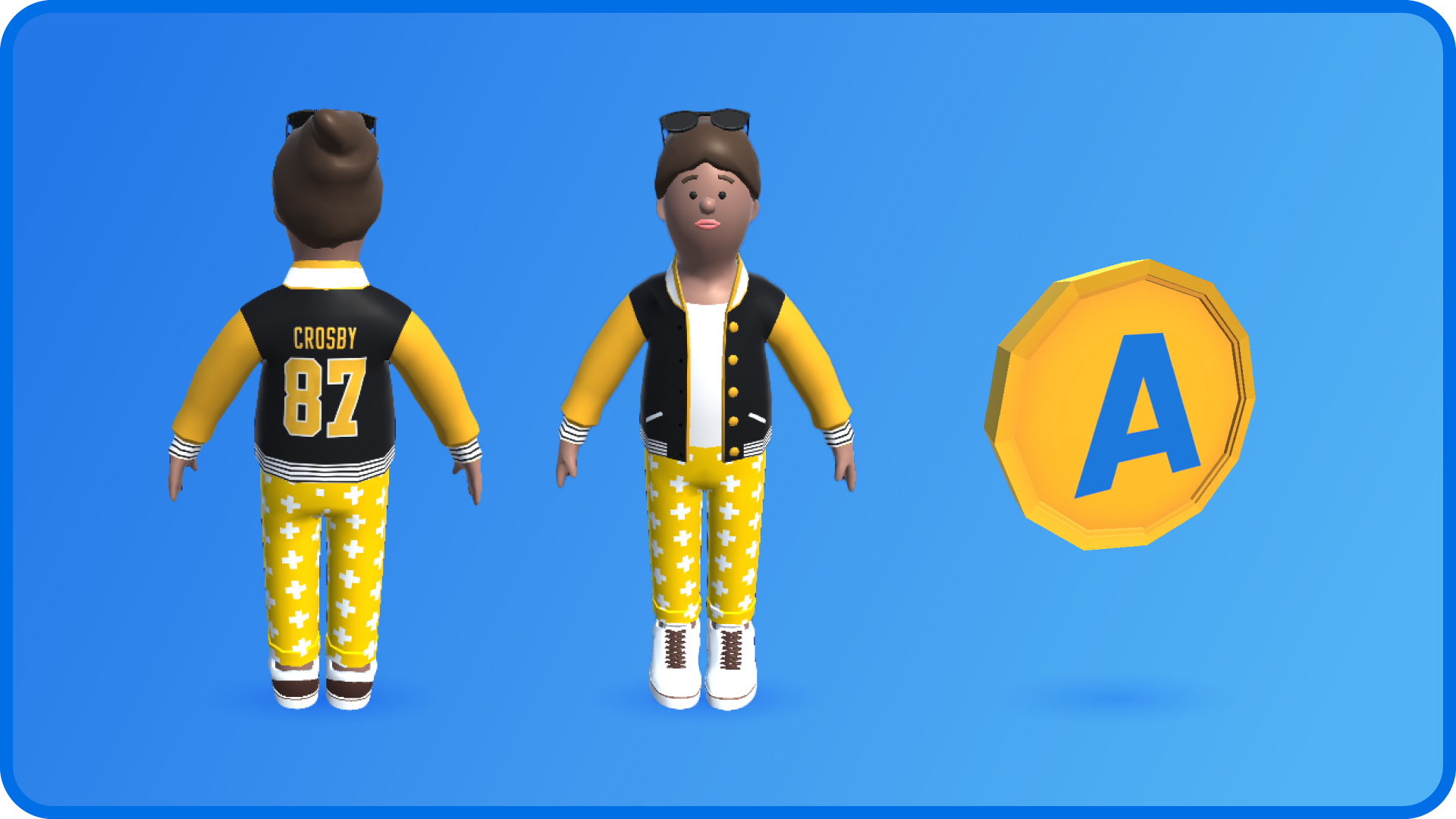
The company has selected us as their technology partner to create an interactive prototype to showcase to their stakeholders: brands, schools, NGOs, sports leagues, and early childhood education associations.
The prototype aimed to:
- Test a limited number of features on end users;
- Create engagement, fun, and entertainment for the end users;
- Validate the project’s appeal with end users and customers.
IMPACT
How Dose the Prototype Work?
Athlon Interactive Prototype is an endless runner game for mobile devices, which uses body
tracking technologies.
The aim of the game is to help target users (kids 5-14), to
increase their healthy physical and mental exercise.
- Being an endless runner game, the user is represented by a 3D animated avatar, running in a straight line. The environment is sharp edgy, while the characters are round and cartoonish. This little difference in style helps the user to better notice the character in the environment.
- During a playthrough, the user can collect points tokens, placed around the
environment, which are used as a scoring system. These tokens can be collected by touching them with the avatar’s body. The user’s challenge is to move around (moving left, moving right and ducking/squating) to get them while avoiding obstacles. - When the user hits too many obstacles, the game ends and restarts from the beginning. If the player reaches the end he or she wins, and can check the score he or she achieved. The game lasts no longer than 5 minutes and increases in difficulty: location and frequency of obstacle and coin placement and as the user progresses on the path, the running speed increases.
Body Tracking Technology
The game is based on a body tracking functionality, typical of Augmented Reality solutions. The app uses ARKit, the same tool used to track the face in Virtual Try On, to detect the movements of the children’s heads. When the head moves, the avatar moves accordingly, successfully avoiding obstacles and collecting items.
The environment contains obstacles that the user has to avoid, by moving away from them (to the left or to the right) or by ducking. These movements are directly controlled by the user movements, detected by the device’s front camera.
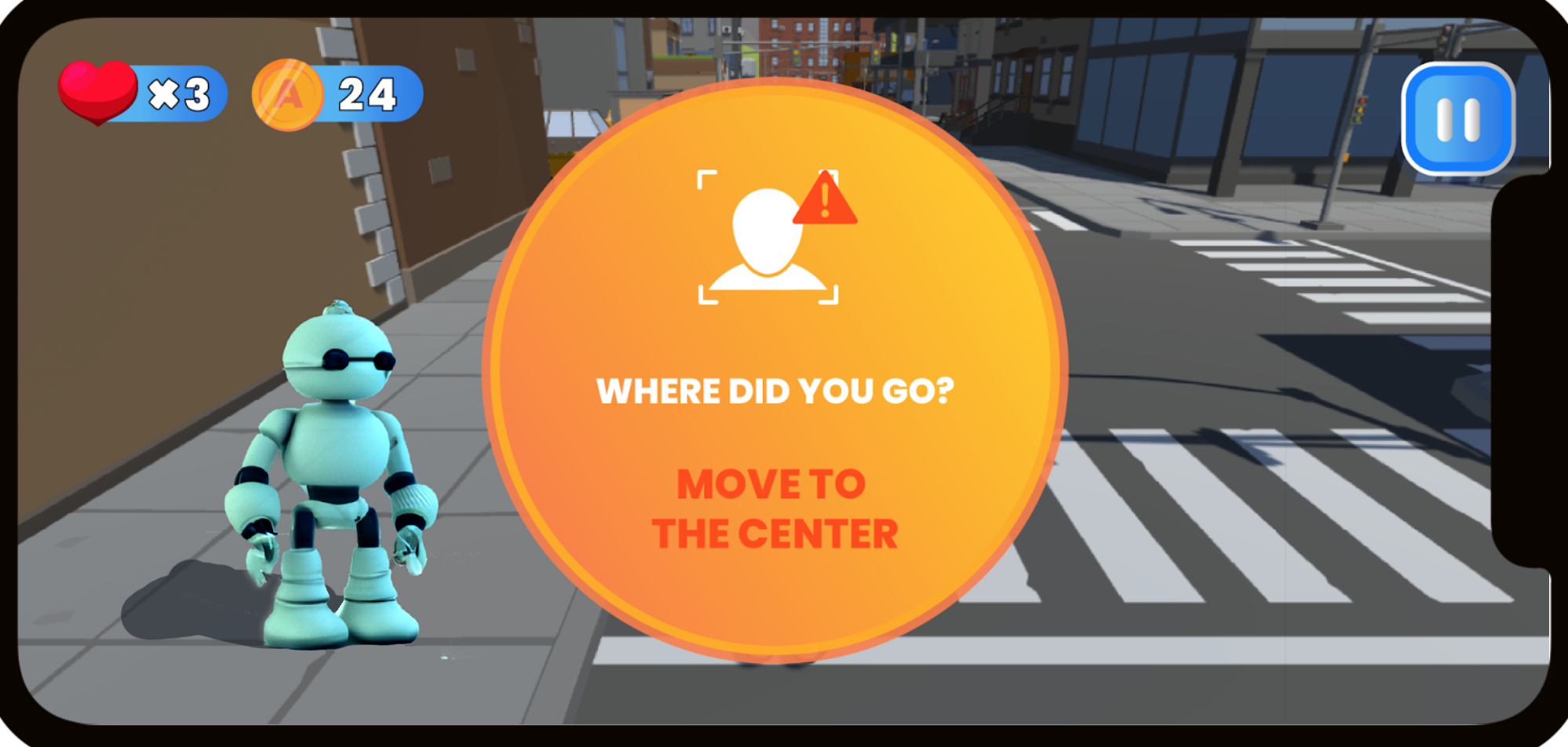
Body Tracking Calibration
- At the beginning of the game, the user first needs to perform the tracking setup. The calibration step starts with a UI element which tells the user how to set-up the phone. An image, with explanatory text, shows the user that the phone must be placed in on its side (landscape position), leaning on a vertical surface and at a certain height, with the screen towards the user.
- Next, the app tracks the human figure: intuitive UI elements indicate where to position the head within a visible frame on the screen. The app background shows the camera feed, and some UI elements show the user where to place his head. This step will automatically continue when the user places the head in the right position and at the correct distance from the phone.
- As a final step, the app suggests clearing the space around oneself to avoid any injuries during the game. Once everything is ready, it proceeds to a brief tutorial so that the user can become familiar with the gameplay dynamics.
Usability Testing
After developing the prototype, we subjected it to a sample group of children, both boys and girls, to receive valuable feedback from the end users.
We recorded great enthusiasm for this game, as the children were engaged and excited. They easily overcame the initial setup and the intuitive nature of the interface helped them quickly understand the gameplay.
Thanks to the user testing, we were also able to interview the children and gather valuable information for potential future developments:
- Incorporate new movement possibilities, such as jumping (during the test, some children spontaneously jumped);
- Develop a multiplayer version;
- Offer greater rewards, such as extra levels and the ability to have longer sessions.
Benefits of a Prototype
The purpose of the prototype is to help children improve their physical and mental health through physical exercise. Thanks to the body tracking solution, the app allows children to engage in physical activity while playing on their smartphones.
The proposed paths and the placement of collectibles follow precise sequences that, if correctly followed, enable the user to perform small aerobic exercises.
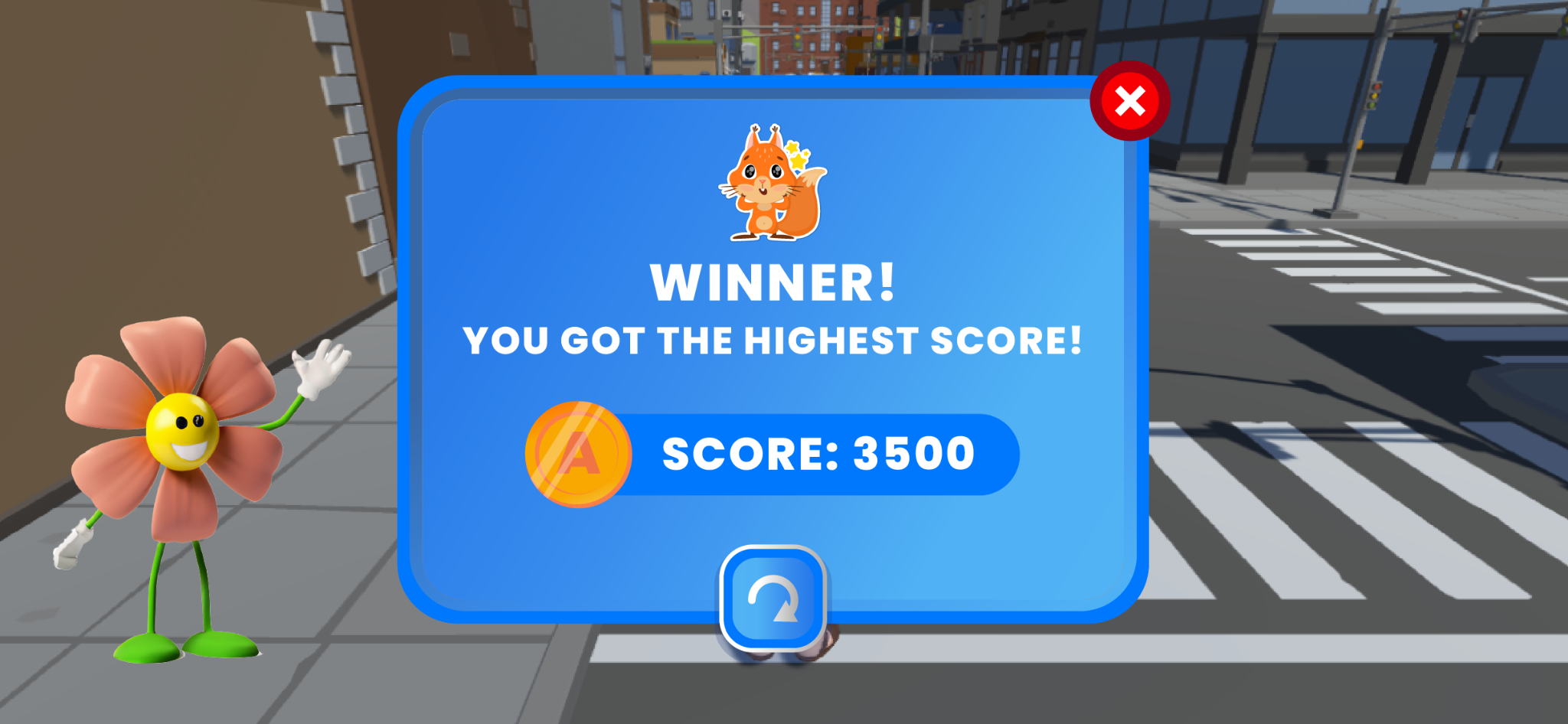
The main advantage of a prototype is to test the user engagement in a short period of time, with reasonable investments. The visual quality is less accurate than a proper game, because the prototype aims at pushing an idea to try the game dynamics and collect feedbacks to improve the official version.
Here is what we have learned with this experiment:
- The game positively influences their concept of “game”, as they learn to associate fun with physical movement;
- Playing actively allows children to release daily tensions, helping to combat laziness, inertia, and other stressful factors.
- Over time, children gain awareness of the importance of physical activity, feeling good after engaging in it.
In the end, the client has received an appealingly designed prototype capable of entertaining children and achieving the initial objective.
